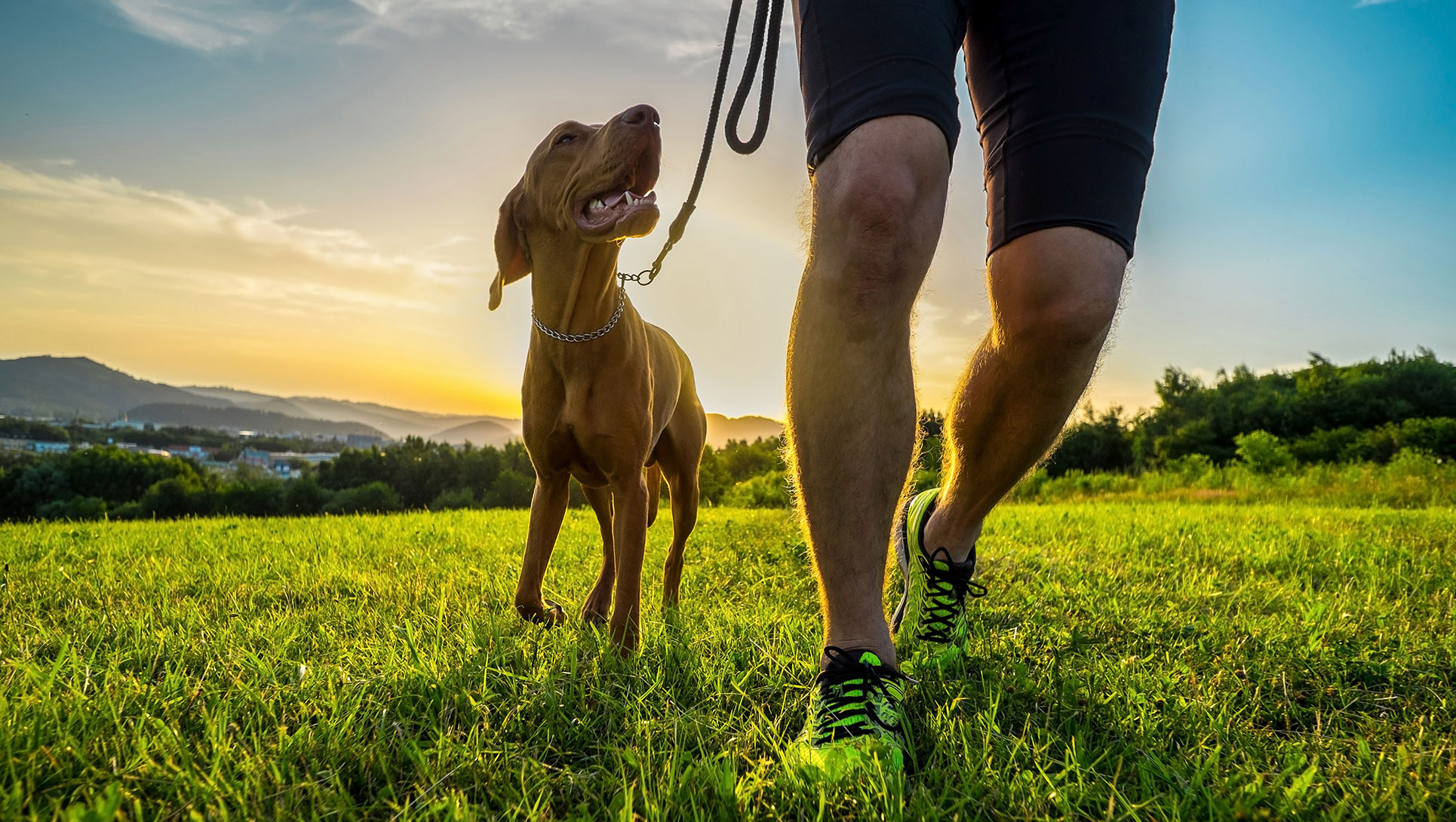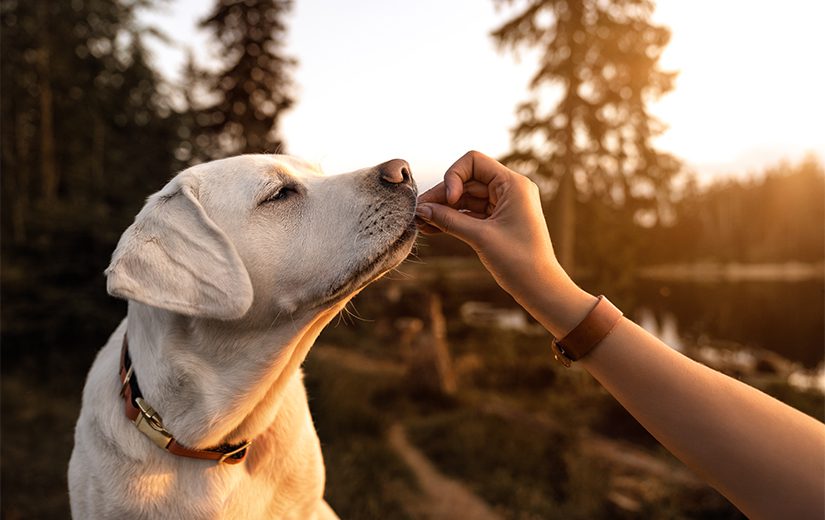Transform Your Dog’s Behavior with Reliable Dog Training Near Me
Transform Your Dog’s Behavior with Reliable Dog Training Near Me
Blog Article
Newbie's Overview to Successful Canine Training in the house
Successfully educating a pet at home needs a nuanced understanding of canine habits and effective interaction approaches. Developing clear training goals, making use of high-quality incentives, and preserving consistency throughout family participants are crucial components. Incorporating training into day-to-day routines can enhance both involvement and retention.
Recognizing Pet Dog Behavior
Understanding pet habits is vital for efficient training and fostering an unified partnership between people and their canine companions - Puppy Training. Pets connect mostly through body movement, vocalizations, and face expressions, making it critical for owners to analyze these signals precisely. Recognizing actions such as tail wagging, growling, or cowering can give insights right into a dog's mood and objectives
Additionally, understanding the all-natural reactions of pet dogs, such as their pack mentality, assists proprietors establish management roles within the home. This is essential for creating an organized setting where canines really feel secure and are a lot more responsive to training. Dogs are likewise affected by their socialization experiences; very early direct exposure to various atmospheres, individuals, and various other pets can substantially form their behavior later in life.
Typical behavior concerns, such as aggressiveness, stress and anxiety, or too much barking, typically stem from misconceptions or unmet demands. Observing and attending to these problems promptly can protect against escalation and make certain a positive training experience. By fostering a deep understanding of canine habits, proprietors can customize their training techniques to match their canine companions, ultimately resulting in a contented and well-behaved pet dog.

Important Training Tools
A well-equipped training area can significantly enhance the efficiency of dog training at home. Important training devices ensure that both the fitness instructor and the pet can take part in efficient sessions that promote learning and bonding.

Buying a strong chain and a comfortable, well-fitting collar or harness is essential for safety and control. These devices aid establish limits and guarantee the pet dog continues to be safe and secure during training. In addition, a designated training location, complimentary from interruptions, help concentration for both the fitness instructor and the dog.
Training help such as training pads, cones, or agility tools can likewise boost the experience by presenting selection and obstacles. Finally, having a notebook or electronic app for tracking progress can be invaluable, permitting you to note successes and areas for improvement. Utilizing these vital devices will develop a positive training environment and lay the structure for effective learning.
Producing an Educating Routine
Establishing a regular training routine is essential for efficient dog training in the house. A well-structured regular not just helps in reinforcing wanted habits however likewise offers your pet with a complacency and predictability. To create a reliable training regular, start by identifying details training objectives, such as standard commands, chain walking, or house-breaking.
Select a designated time each day for training sessions, preferably when your pet dog is alert and responsive. Sessions ought to be short, about 5 to 15 minutes, to preserve focus and avoid exhaustion. Uniformity in timing and setting will improve your pet dog's knowing experience.
Incorporate training into daily activities to strengthen abilities. For instance, technique commands throughout walks or mealtime, which incorporates discovering into natural regimens. Additionally, remain versatile and adjust the regular as essential, fitting your pet's power degrees and mood.
Favorable Support Methods

When applying favorable reinforcement, it is important to pick rewards that are encouraging for your canine. High-value deals with, such as little pieces of chicken or cheese, can be specifically reliable during training sessions. In addition, varying the incentives can keep your pet dog's interest and excitement.
Begin with straightforward commands, like "sit" or "stay," and slowly progress to much more complex tasks. Consistency is key; make certain that all relative make use of the very same commands and benefit systems to prevent confusion.
Additionally, it is vital to continue to be person and prevent disappointment. Canines, like human beings, learn at their own rate. By promoting an encouraging training setting through favorable reinforcement, you can boost your pet's learning experience while strengthening the bond in between you and your fuzzy companion, preparing for successful training results.
Typical Training Difficulties
While educating a pet in the house can be a satisfying experience, it usually features a collection of typical difficulties that can test both perseverance and uniformity. One common problem is diversion. Pets might end up being easily averted by sounds, movements, or perhaps fragrances in their environment, more information making it challenging to keep their emphasis during training sessions.
One more challenge is incongruity in commands and reinforcement. If member of the family utilize different cues or benefits, it can perplex the canine and impede progression. Establishing a unified approach is crucial for effective interaction.
Furthermore, canines can experience disappointment or anxiety, particularly if they do not understand what is anticipated of them. This can lead to undesirable actions, such as barking or eating.
Finally, the timing of reinforcement is critical. Postponed rewards can lessen the efficiency of favorable support, as pet dogs may fall short to connect the habits with the reward.
Overcoming these difficulties requires commitment, clear communication, and an organized training strategy - Puppy Training. Identifying and attending to these usual obstacles will certainly pave the method for an extra successful and enjoyable training experience at home
Final Thought
In final thought, effective dog training at home requires a detailed understanding of canine actions and effective communication techniques. By establishing clear training objectives and making use of high-quality treats together with positive reinforcement, the training procedure becomes more satisfying for both the pet and the trainer. Versatility, consistency, and patience are vital components that assist in knowing. Inevitably, incorporating training right into daily routines improves the bond between dog and owner, making the experience both efficient and satisfying.
Establishing a regular training routine is vital for reliable pet training at home.Favorable reinforcement strategies are basic to efficient pet dog training, promoting desired habits via incentives rather than penalty. By fostering a helpful training setting via positive reinforcement, you can enhance your dog's understanding experience while reinforcing the bond between you and your fuzzy friend, laying the foundation for successful training results.
In final thought, effective pet dog training at home necessitates an extensive understanding of canine habits and reliable communication strategies. By developing More about the author clear training goals and using high-grade treats alongside positive reinforcement, the training procedure comes to be more gratifying for both the pet dog and the instructor.
Report this page